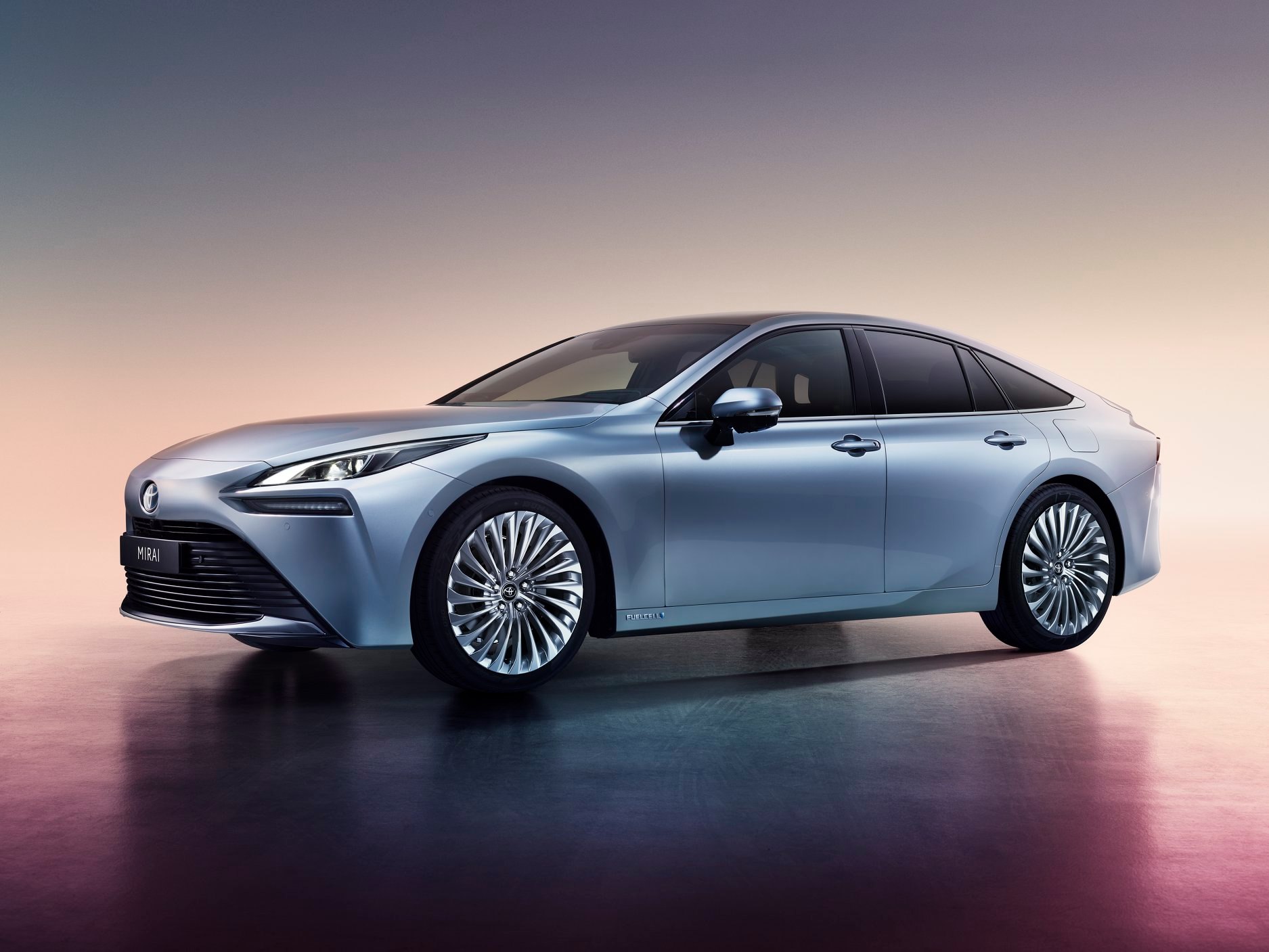Toyota's second-generation Mirai has a 400-mile range
30. 11. 2020 | Engadget | www.engadget.com
Toyota is one of a few companies trying to turn hydrogen Fuel Cell Electric Vehicles (FCEVs) into a viable option. Its first production FCEV, the Mirai, was sold in limited quantities (11,000 cars sold as of September 2020) in the few places you could actually get your hands on one. Now, the company has announced an improved second-generation model, which is cheaper, better looking and more efficient. But the car’s practicality still hinges on access to hydrogen.
The new Mirai looks less like a Prius than its predecessor, and a lot more like a Lexus LS, mostly because it’s built on the same platform. But Toyota also wanted to address concerns that the first Mirai wasn’t exciting, or luxurious enough, to tempt would-be buyers. The first model was loaded with tech, but looked like a car designed by aliens for computers to drive around in. When you’re driving luxury car money -- nearly luxury EV money -- you need to justify the price.

Making the Mirai roomier would have been difficult unless Toyota could shrink the car’s most cumbersome element; the fuel cell. The 114kW unit from the first car occupied 33 liters of space, dominating the engine bay. Toyota is boasting that the new model takes up nine liters less, at 24 liters, but is 10 percent more efficient, outputting 128kW despite the smaller size. As well as being smaller, it has fewer, uh, cells in its stack: 330, down from 370 before.
Read more at Engadget
Image Credit: Toyota
-jk-




